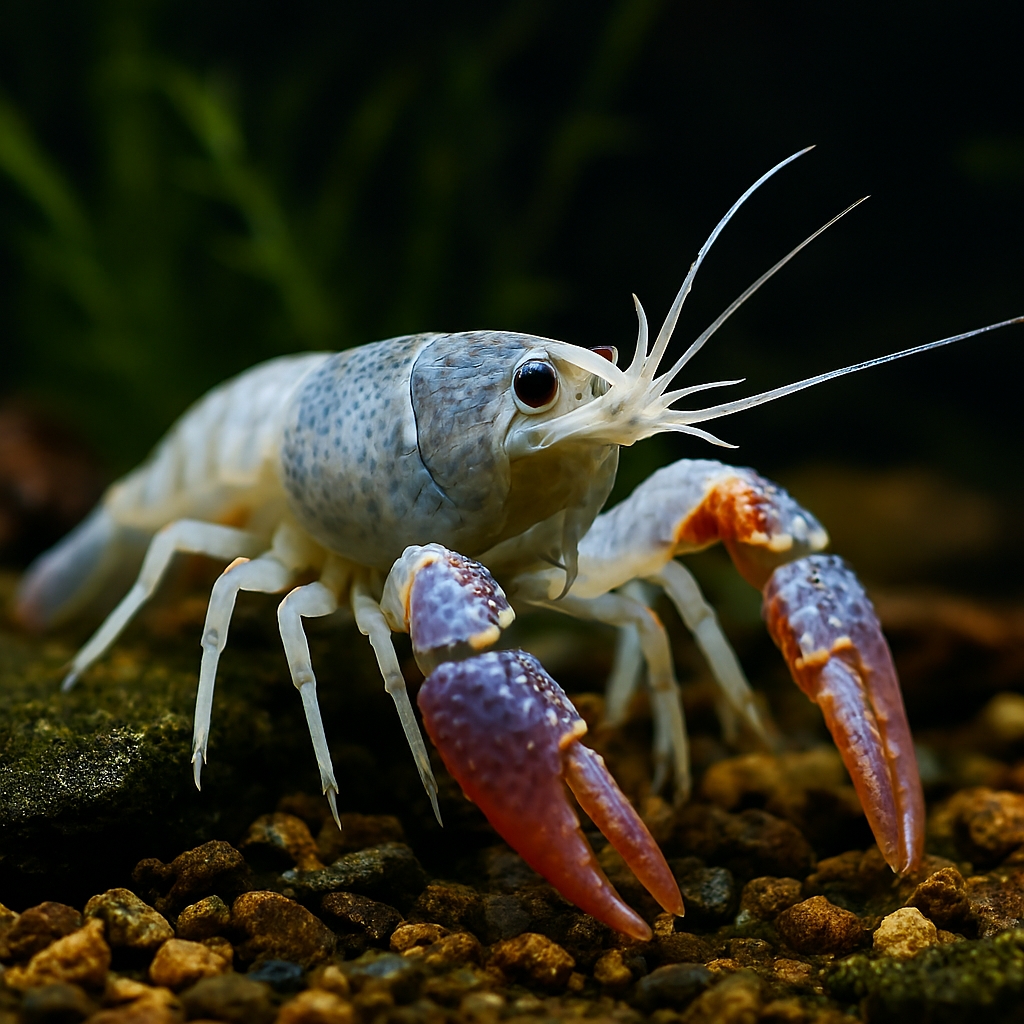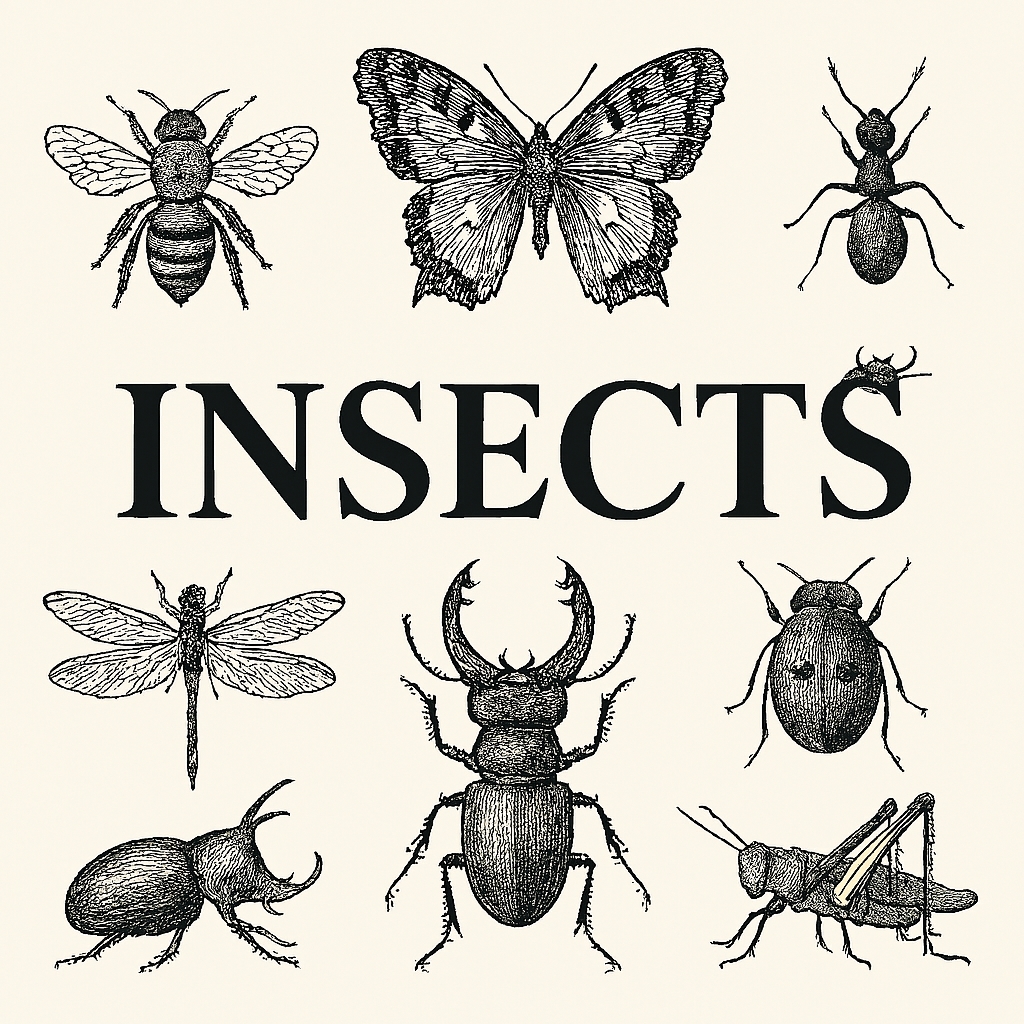Bag It & Tag It
Dog owners know all too well the routine of picking up after their pets during walks. But what if we could turn this waste into something beneficial for our environment? Here are some innovative ways to transform dog poo into a resource that can help improve our parks, gardens, and larger land areas.
Dog Poo As Garden Bed Liners
One of the most direct ways to utilize dog poo is by turning it into garden bed liners. This process involves composting the dog poo and using it as a natural barrier in your garden beds.
Composting
Start by collecting the dog poo in a compost bin. Add equal parts of brown organic matter (like dried leaves or newspaper) to balance the nitrogen-rich dog poo. Turn the compost pile regularly to help it decompose.
Curing
Once the compost pile has fully decomposed, let it cure for a few months. This will ensure that all the pathogens are killed off.
Application
After the compost has cured, you can use it as a liner for your garden beds. It will act as a natural barrier against weeds and also enrich the soil with nutrients.
Remember, it’s important to never use dog poo compost on edible plants due to the risk of pathogens.
Deep Pit Composting for Larger Areas
For larger areas like parks or farms, deep pit composting can be an effective method. This involves digging a deep pit, filling it with dog poo, and letting it decompose naturally. The decomposed material can improve the soil quality and fertility of the land.
Digging the Pit
Choose a spot away from water sources and dig a pit about one meter deep.
Filling the Pit
Fill the pit with dog poo, making sure to mix in some brown organic matter.
Covering the Pit
Cover the pit with a thick layer of soil and let nature do its work. Over time, the dog poo will decompose and enrich the soil.
Reaping the Benefits
After a year or so, the area where the pit was dug can be used for planting non-edible plants or simply enjoyed for its improved soil quality.
Dog Poo as a Biofuel
Believe it or not, dog poo can be converted into a form of renewable energy known as biofuel.
Anaerobic Digestion
The dog poo is placed in an anaerobic digester, a sealed container where bacteria break down the poo in the absence of oxygen.
Biogas Production
This process produces biogas, a mixture of methane and carbon dioxide, which can be used as a fuel source.
Energy Generation
The biogas can be burned to generate heat or electricity, or it can be processed further to produce renewable natural gas.
Remember, this process should be carried out by professionals or under professional guidance due to the potential risks involved.
Dog Poo Wormeries
Wormeries, or worm farms, are another great way to recycle dog poo. They use earthworms to convert organic waste into nutrient-rich compost and liquid fertilizer.
Setting Up
Start by setting up a wormery with bedding for the worms. This can be compost, shredded newspaper, or coir.
Adding the Poo
Add the dog poo to the wormery. The worms will eat through the waste and produce worm castings, a rich compost.
Harvesting the Compost
After a few months, you can harvest the compost from the bottom of the wormery. This can be used to enrich the soil in your garden.
Liquid Fertilizer
The wormery will also produce a liquid fertilizer that can be collected and used to feed plants.
Again, it’s important to note that compost produced from dog poo should only be used on non-edible plants due to the risk of pathogens.
These methods not only help in managing dog waste but also contribute to a sustainable and eco-friendly lifestyle. Remember, every small step counts towards making our planet a better place to live!
Conclusion
While dog poo might seem like a nuisance, these methods show that it can be turned into a valuable resource. By composting dog poo and using it in our gardens and parks, we can reduce waste and contribute to a healthier environment. So next time you’re picking up after your pet, remember – you’re not just cleaning up, you’re also helping to clean up our planet!
Join The Discussion
We hope you found this info informative and inspiring. Now, we’d love to hear from you! Do you have any other innovative ideas on how to use dog poo for environmental benefits? Have you had trouble with how to deal with dog poo or have you tried any of the methods mentioned above? What was your experience?
Join the discussion in the comments section below. Let’s share our thoughts and ideas to make our planet a cleaner and greener place for everyone, including our furry friends!
#DogPooRecycling #EcoFriendlyPets #Biofuel #Composting #GardenBedLiners #DeepPitComposting #DogPooWormeries #SustainableLiving #GreenGardening #PetWasteManagement #DogPooBiofuel #Wormeries #DogPooCompost #EnvironmentallyFriendly #PetOwners #DogLovers #GreenEnergy #WasteToResource #EcoGardening #SustainablePetOwnership #DogPooBenefits #CompostingAtHome #EcoFriendlyDogOwners #PetWasteComposting #DogPooGarden #WasteNotWantNot #GreenDogOwners #EcoPetParents #SustainableDogOwnership #DogPooToBiofuel #Dogs #DogWalkers

















Allanten
Очень важные новости мира fashion.
Все новости известнейших подуимов.
Модные дома, торговые марки, гедонизм.
Самое лучшее место для стильныех хайпбистов.
https://qrmoda.ru/fashion/361-manzoni-24-italyanskiy-mehovoy-shik/